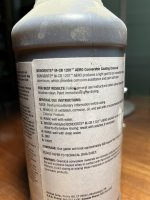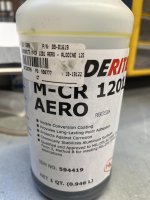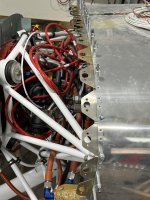I was planning to use the 1201 product for corrosion resistance on my Skybolt flanges attached to the firewall. But, the instructions for the Henkel product indicate to paint after application, washing and drying. I wasn't planning to paint the flanges, but leave them treated. I contacted Henkel, but so far, no answer.
Anybody have experience with not painting after treating with 1201?

Anybody have experience with not painting after treating with 1201?







